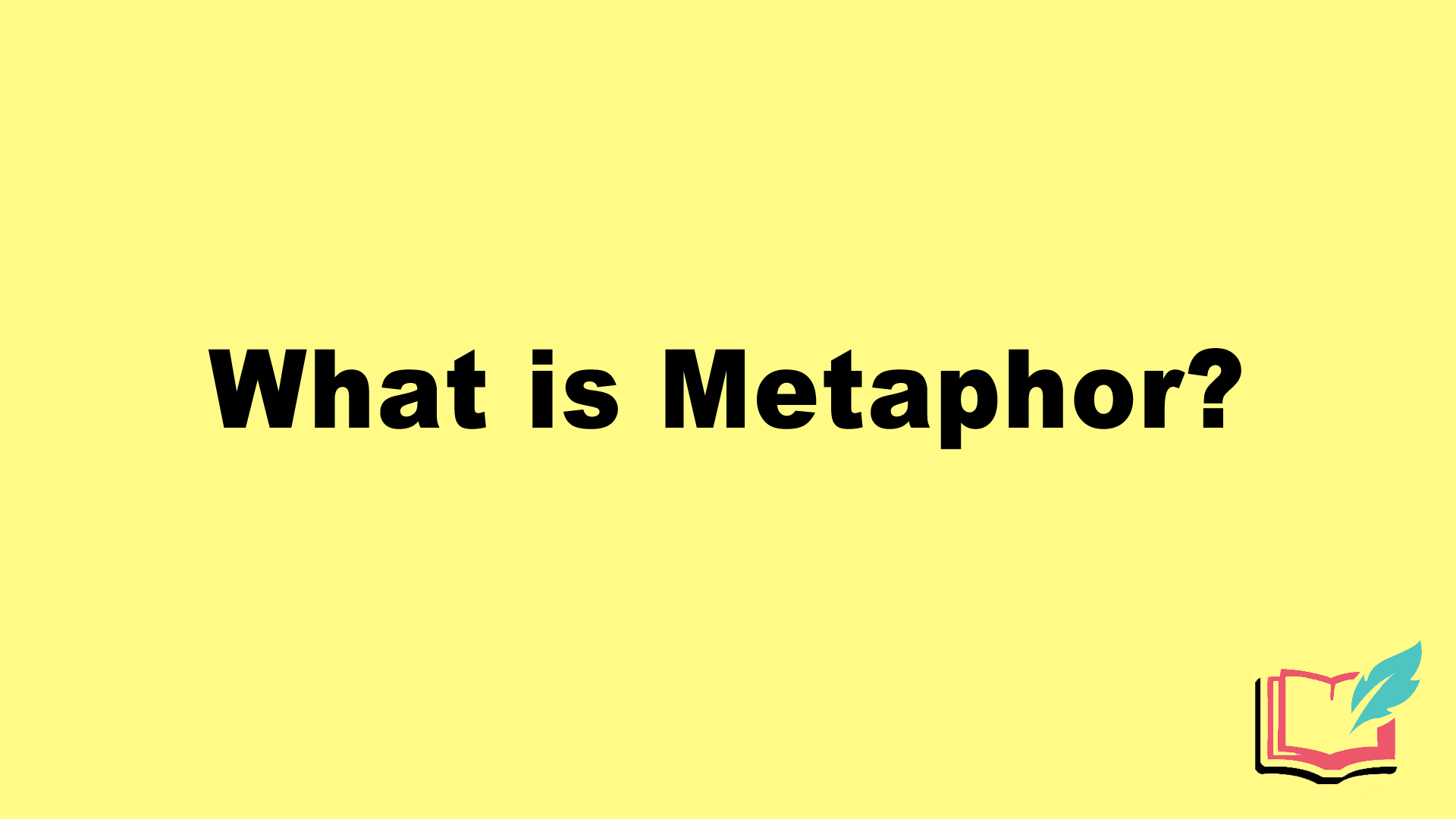
Metaphor is a figure of speech that makes an implied or hidden comparison between two unrelated things or ideas. Metaphor involves meaning attributed to one thing by way of another unrelated thing.
What is Metaphor?
Metaphor is one of the most broadly used literary devices. Metaphor creates a relationship between two unrelated things by relating them anyway. This is not a literal equation of two things, but rather an implied comparison.
Generally, metaphors work when the first subject is compared to the second subject. This works because writers take an idea that is already understood in order to more clearly conceptualize the other subject. For example, the common phrase “love is a battlefield” helps to conceptualize the trying and dangerous nature of love.
Simply put, metaphor is when you portray one person, place, thing, or idea as being another unrelated person, place, thing, or idea.
Current Examples of Metaphors
Metaphor is commonly used in casual speech but is also found more fully developed in works of literature. To help you understand metaphor, here are some common examples of metaphors:
- “Laughter is the best medicine.” This phrase compares laughter to medicine, which implies that laughter/humor/fun can help people get over difficult situations.
- “Her words in the speech tonight were pearls of wisdom.” This statement compares someone’s words to valuable pearls. This helps the audience understand how important the original words are and might even prompt them to revisit or save them.
- “He was a rock star during his work evaluation today.” This sentence compares the person to a rock star, implying that he did an incredible job that deserves praise.
The Importance of Metaphors
As a powerful and creative form of comparison, metaphor adds detail and emphasis to a thought or work of writing. Metaphor can serve to enhance sensory details and prompts the reader to use their imagination. In this way, metaphor can help to fully develop a scene or character. Metaphors can be used to create almost any type of literary effect for the reader.
Metaphor also helps to add comprehension for readers by contextualizing difficult concepts. When a metaphor compares an abstract or complex idea to something easily understood by the audience, it helps to add understanding. This, in turn, allows the writing to resonate more fully with readers.
Metaphor Examples in Literature
One of the most famous quotes in English literature involves a metaphor. William Shakespeare’s Romeo and Juliet uses metaphor to break down the intensely emotional themes of love. The following metaphor compares Juliet to the sun, which helps the audience to understand how vibrant and stunning Juliet appears to Romeo. It captures the intensity of his admiration of her:
- But soft, what light through yonder window breaks? It is the east, and Juliet is the sun!
Sylvia Plath’s poem “Metaphors” seems to be a cunning metaphor to reveal her pregnancy as well as her attitude towards it:
I’m a riddle in nine syllables,
An elephant, a ponderous house,
A melon strolling on two tendrils.
O red fruit, ivory, fine timbers!
This loaf’s big with its yeasty rising.
Money’s new-minted in this fat purse.
I’ve eaten a bag of green apples,
Boarded the train there’s no getting off.
In E.E. Cummings’ poem “i carry your heart,” Cummings has compared his love to the world, the moon, and the sun, similar to how Romeo has compared his love to the sun:
i carry your heart with me (i carry it in
my heart) i am never without it (anywhere
i go you go, my dear; and whatever is done
by only me is your doing, my darling)
i fear
no fate (for you are my fate, my sweet) i want
no world (for beautiful you are my world, my true)
and it’s you are whatever a moon has always meant
and whatever a sun will always sing is you
here is the deepest secret nobody knows
(here is the root of the root and the bud of the bud
and the sky of the sky of a tree called life; which grows
higher than soul can hope or mind can hide)
and this is the wonder that’s keeping the stars apart
i carry your heart (i carry it in my heart)
Recap: What Are Metaphors in Literature?
Metaphor is a literary device that compares two unrelated things by saying one of those things is the other. This is used to add deeper meaning to abstract or complex concept and can also invoke sensory details. Metaphor is an implied comparison that helps readers to understand the subject more fully.
